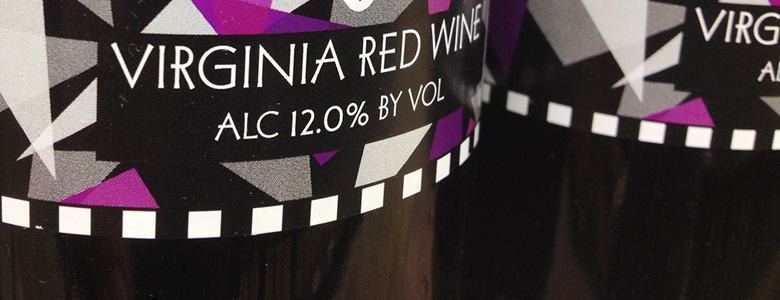
Know the Label
These terms commonly appear on Virginia wine labels. For more information about Virginia wine, please inquire at your Virginia ABC store or visit VirginiaWine.org.
For More Information
Virginia Red Wines
Virginia produces a wide variety of red wines, using both classic and native varieties of grapes. The color of red wine arises from the grape peels during the production process.
Virginia White Wines
Virginia also produces many great white wines, using both classic and native grape varieties. Many of these are perfect accompaniments to Virginia seafood.

Spirited Virginia is your guide to new products, creative cocktails, in-store tastings, promotions and what's hot in the world of spirits and entertaining (21 or older).
Social Media
Follow Spirited Virginia on Facebook.
Quarterly Magazine

Read it online or pick up a free copy at your local Virginia ABC store. View all issues.
e-Newsletter
Sign up for the Spirited Virginia e-newsletter to stay informed about the latest news about products.
Sip Responsibly
Virginia ABC empowers its customers to make mindful choices about alcohol. Browse our Sip Responsibly section for information and resources to keep Virginians safe and healthy.


